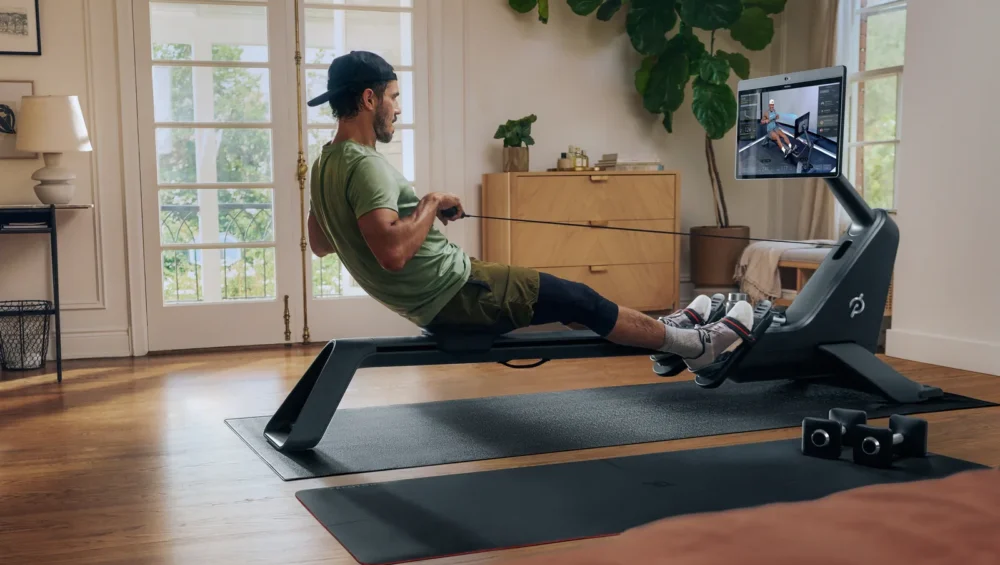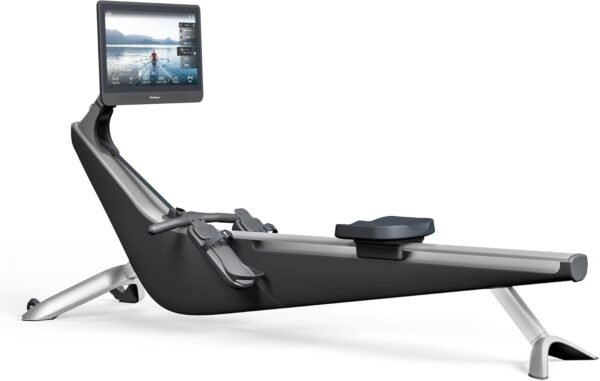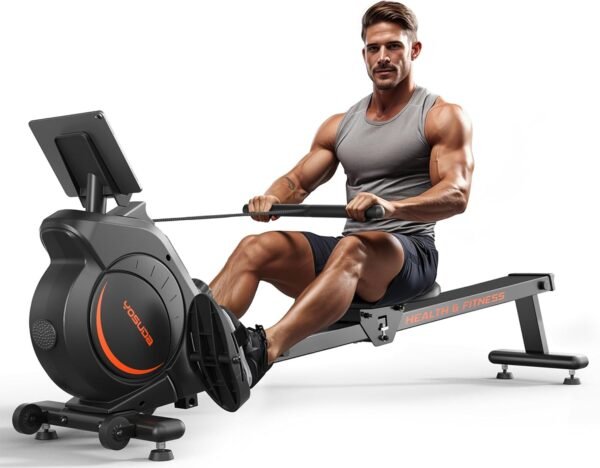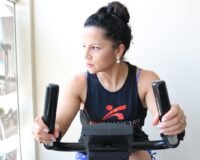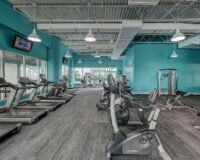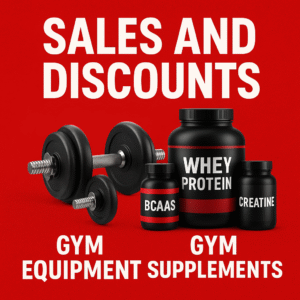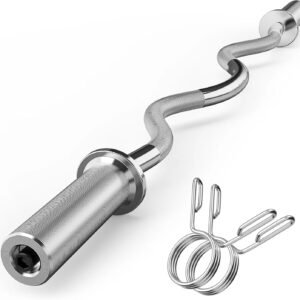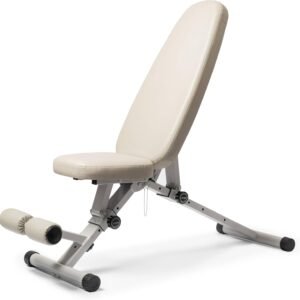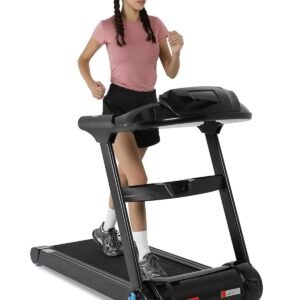10 Best and Most Expensive Rowing Machines on the Market
10 Best and Most Expensive Rowing Machines. Rowing machines span a wide range: from simple magnetic models under $300 to lumbering commercial rowers used in gyms. This list focuses on the top-tier machines that combine performance, build quality, and connected features — the models people buy when money is not the primary constraint. I’ve ranked ten premium rowers you’ll actually find for sale today, calling out exact prices, core specs, and what justifies their higher-than-average cost.
Note: prices fluctuate with sales, regional variants, and new product refreshes. I cite manufacturer and retailer sources for the price points and core specs used below.
1. Peloton Row / Peloton Row Plus — the tech-forward splurge
Typical price (U.S.): around $3,295–$3,695 depending on configuration and any “Plus” upgrades; Peloton has adjusted pricing over time.
Why it’s expensive: Peloton applies its full connected-fitness playbook to rowing — a heavy, precisely engineered frame, electromagnetic resistance with fine-grain control, an integrated touchscreen, and a subscription ecosystem of live and on-demand classes. Peloton’s Row is positioned as a luxury, subscription-first product (membership required to unlock full content). If you want studio-quality content, automatic leaderboards, and a premium warranty/installation package, Peloton sits at the top of consumer prices.

Who it’s for: motivated trainees who value production-quality classes and a polished, integrated app experience.
2. Matrix RXP (commercial line) — commercial-grade and costly
Typical price (U.S.): list/retail near $2,300–$3,500 for premium Matrix RXP/Commercial rower configurations (retailers vary).
Why it’s expensive: Matrix designs for commercial gyms. Expect heavy-duty components (reinforced rails, commercial bearings), advanced magnetic or hybrid resistance systems, reliable consoles with programs, and long warranties. Commercial durability drives the price up — these are built to survive daily classes and dozens of users.
Who it’s for: boutique studios, serious home gyms that want a commercial feel, and buyers who prioritize long-term durability.
3. Life Fitness Row GX Trainer (commercial water/ GX series)
Typical price (U.S.): $2,000–$3,000+ depending on dealer, options, and remanufactured vs new models.
Why it’s expensive: Life Fitness is a longstanding commercial brand; the Row GX uses water/ fluid-style resistance tuned for a natural stroke, plus a commercial console and rugged construction. Life Fitness units often appear in clubs and studios, and they carry premium service options.
Who it’s for: commercial facilities, or home users who want a gym-grade water rower (and the associated price tag).
4. Ergatta (Luxe / Rower) — connected, game-like, premium finish
Typical price (U.S.): $2,199–$2,499 (Ergatta often lists the rower in the $2,299–$2,499 range; promotional prices do appear).
Why it’s expensive: Ergatta blends a wood-and-metal build with a games-inspired training platform that uses on-screen competitive challenges and high-production workouts. The hardware includes an attractive chassis and a bright display; the value is heavily content-driven — if you like Ergatta’s pacing and gamified sessions, the premium can be worth it.
Hydrow Origin Rowing Machine with Immersive 22″ HD Rotating Screen
The Hydrow Origin Rowing Machine is a premium, full-body workout device that blends smooth, water-like resistance with an immersive digital experience. Built to replicate the feeling of rowing on real water, it uses a patented electromagnetic drag system to deliver a quiet yet powerful stroke — no chain, no fan, no splash.
Who it’s for: people who respond to game mechanics, racing leaderboards, and visually polished programming.
5. Aviron (Strong / Pro Series) — hybrid gaming + commercial feel
Typical price (U.S.): $2,199–$2,599 for higher-end Aviron models (Strong series and commercial variants).
Why it’s expensive: Aviron pairs a robust air/magnetic hybrid resistance system with a large display and a competitive training/gaming platform. High frame ratings and commercial-style parts (heavy rails, high weight capacity) push price up. Aviron markets itself at users who want intense, game-like intervals and leaderboards.
Who it’s for: high-intensity athletes who want interactive content and a sturdy frame capable of hard usage.
6. Hydrow (Origin / Arc / Wave lines) — scenic, electro-magnetic, smooth
Typical price (U.S.): $1,995–$2,295 depending on model (Wave, Origin, Arc variants). Hydrow sometimes shows promotional pricing but its core models sit around $1,995–$2,295. Hydrow+1
Why it’s expensive: Hydrow’s signature is a very smooth electromagnetic resistance system with a high-quality HD touchscreen and a massive library of filmed, scenic rowing sessions and instructor-led workouts. Hydrow focuses on “on-water” feel, immersive classes, and a premium hardware finish (aluminum frame elements, integrated sound).
Who it’s for: users who want the closest feel to on-water rowing with strong content and a polished hardware/software experience.
MERACH Rowing Machines for Home Magnetic Rowing Machine
Bring the power of full-body training to your home gym with the MERACH Magnetic Rowing Machine, engineered for performance, comfort, and technology-driven results.
7. NordicTrack RW900 — value-meets-high-end connected rower
Typical price (U.S.): $1,299–$2,299 depending on promotions and whether you buy the RW900 or newer variants; RW900 has historically been sold at $1,299–$2,299.
Why it’s expensive: NordicTrack positions the RW900 as a premium, touchscreen-equipped rower with iFit integration (live classes, studio content). The RW900 uses magnetic resistance plus a 22-inch rotating HD touchscreen to deliver studio-style workouts. Compared with pure gym commercial machines, NordicTrack focuses on content + convenience.
Who it’s for: buyers who want studio classes and a big touchscreen but prefer a slightly lower price vs the absolute premium brands.
8. WaterRower (Club / Natural / A1 / S4) — the classic water aesthetic
Typical price (U.S.): $1,099–$1,699 for premium wood/water models; some limited finish or commercial Club models approach higher price points.
Why it’s expensive: WaterRower’s machines are handcrafted from hardwoods (ash, cherry, oak), built around a water flywheel that gives a natural “on-water” feel. The aesthetic finish and timbers plus solid engineering cost more than entry-level magnetic or air rowers. Some buyers consider WaterRower pieces “furniture-quality” cardio.
Who it’s for: buyers who want beauty plus a realistic water-feel stroke, and who appreciate natural materials in their home gym.
9. Concept2 RowErg (Model D / Model E) — the industry standard (not the priciest, but top-tier)
Typical price (U.S.): $990–$1,155 (Model D baseline price for the RowErg; monitor/PM5 included).
Why it’s on this list: Concept2 is the performance benchmark. Although not the absolute most expensive, its ubiquity in commercial and competitive rowing makes it a must-include for “best” lists. Durable, simple, accurate PM5 monitor, and excellent customer support make it a top pick for athletes and clubs — and a machine many buyers pay up for because they value reliability and resale.
Sunny Health and Fitness Compact Full-Motion Rowing Machine with Adjustable Resistance
The Sunny Health & Fitness Compact Full-Motion Rowing Machine is a space-saving, low-impact option designed to bring full-body rowing workouts into smaller home gyms. With its 12 levels of hydraulic resistance, this rower lets you fine-tune your workout intensity — from gentle cardio to more demanding strength-endurance sessions.
Who it’s for: competitive rowers, CrossFitters, and anyone who wants the proven standard for erg testing and training.
10. Premium commercial variants and specialty rowers (Octane, Cascade, custom wood/handcrafted models)
Typical price (U.S.): $1,500–$3,500+ depending on model — many commercial specialty rowers (Octane, Matrix commercial variants, custom hand-built wood machines) sit in this band.
Why they’re expensive: commercial consoles, reinforced rails, specialty resistance systems (high-end magnetic or hybrid fluid systems), and custom finishes or enterprise warranties. For some buyers the final price reflects service contracts, installation, and commercial-grade parts.
Who they’re for: commercial installations, luxury residential gyms, or buyers looking for a highly-specific stroke feel or unique aesthetic.
How I selected these models (short method note)
- I prioritized machines that either (a) command premium retail prices and a lot of prosumer buzz, or (b) are commercial-grade units sold to studios and thus priced higher than typical consumer rowers. For pricing and spec verification I used brand pages, retailer listings, and recent buyer guides published by subject-matter outlets. Where models have multiple trim levels (Wave vs Origin vs Arc, Peloton Row vs Row+), I cited base prices for the higher-tier trims and noted ranges where applicable.
WaterRower Hybrid BLE Club Rowing Machine
Elevate your home training experience with the WaterRower Hybrid BLE Club Rowing Machine, the gold standard in realistic rowing simulation. Crafted with precision and powered by genuine water resistance, this machine delivers an authentic on-water feel that no magnetic or air rower can replicate.
Buying checklist — what justifies a high price on a rower?
- Resistance quality & stroke feel — electromagnetic and water systems that closely emulate on-water rowing typically cost more.
- Build & materials — commercial-grade bearings, extruded aluminum rails, and wooden/aesthetic finishes increase cost and longevity.
- Console & content — integrated HD screens, live classes, and strong ecosystems (Peloton, Hydrow, Ergatta, Aviron, iFit) have subscription models that drive the perceived value and price.
- Service & warranty — commercial warranties and installation services are often bundled at higher price points.
- Brand & resale — established commercial brands (Concept2, Life Fitness, Matrix) command trust and resale value.
Concept2 RowErg Indoor Rowing Machine – PM5 Monitor
The Concept2 RowErg is the gold standard in indoor rowing machines, designed for athletes, home gyms, and fitness enthusiasts who demand durability, precision, and performance. Built with a rugged aluminum frame and a chain-drive air flywheel, this rower delivers a smooth, realistic rowing stroke paired with long-term reliability.
Final buying advice
- If performance, testing, and competition matter most: buy Concept2 (Model D/E) for accuracy, simplicity, and serviceability.
- If you want immersive classes and scenic on-water content: consider Hydrow or Peloton Row (Hydrow is smoother-feeling water/electromagnetic, while Peloton emphasizes studio content).
- If you want commercial durability: look at Matrix and Life Fitness commercial rowers. Expect a higher price but a machine built for heavy daily use.
- If aesthetics and a natural water stroke are top priorities, WaterRower provides furniture-grade options that still deliver a good workout.
FAQ (6 common questions)
Q1 — Are the most expensive rowing machines actually better for fitness results?
A: Not inherently. Erg performance comes from consistency and proper technique. Expensive rowers usually offer better durability, a smoother stroke, more precise resistance controls, and premium content — which can help with adherence. But for calorie burn and conditioning, even mid-range rowers (Concept2-level or good magnetic rowers) deliver excellent results.
Q2 — Do I need a subscription with Peloton, Hydrow, Ergatta, or Aviron?
A: Yes — these brands require or heavily encourage subscriptions to unlock their full content libraries. Hardware is usually usable without ongoing fees (basic metrics), but the connected experience is subscription-driven.
Q3 — Is a water rower better than an air or magnetic rower?
A: “Better” depends on what you want. Water rowers produce a realistic—often quieter—on-water feel and a natural deceleration. Air rowers (Concept2) are dynamic and scale resistance with effort (preferred by competitive athletes). Magnetic/electromagnetic rowers give precise, quiet resistance control and are common in connected models.
YOSUDA Magnetic Water Rowing Machine for Home Rower Machine
Experience the feeling of rowing on open water — right from your home gym. The YOSUDA Magnetic Water Rowing Machine combines dual-resistance technology (magnetic + water) to deliver the most natural, fluid, and quiet rowing experience possible.
Q4 — Do commercial rowers require pro installation or maintenance?
A: Commercial units often have more complex consoles and heavier frames; professional delivery and setup are sometimes offered for safety and warranty purposes. Routine maintenance (lubrication, bolts check, console firmware) will prolong life.
Q5 — How should I choose between a Peloton Row, Hydrow, and Concept2?
A: Pick by your priorities: Peloton = best-in-class studio production and integrated app; Hydrow = immersive scenic on-water workouts and smooth electromagnetic feel; Concept2 = the performance benchmark for metrics, durability, and testing (often the erg standard for athletes).
Q6 — Are there rowers I should avoid even if they’re cheap?
A: Avoid extremely low-cost rowers with flimsy rails, weak connectors, or poor customer reviews for durability. Cheap magnetic/folding models can be fine short-term, but look for reviews about build quality and long-term reliability if you plan frequent, intense workouts.

